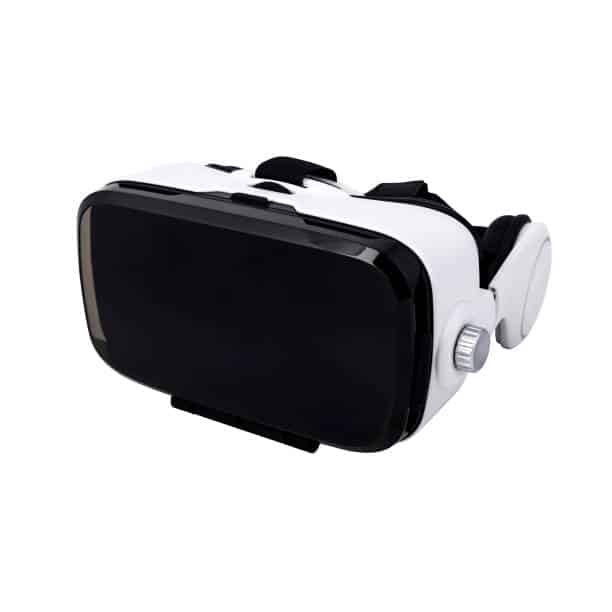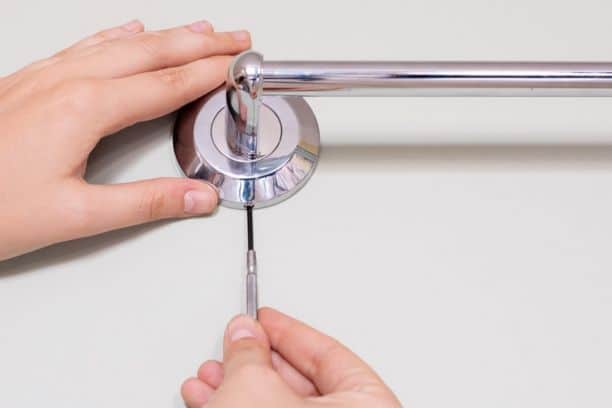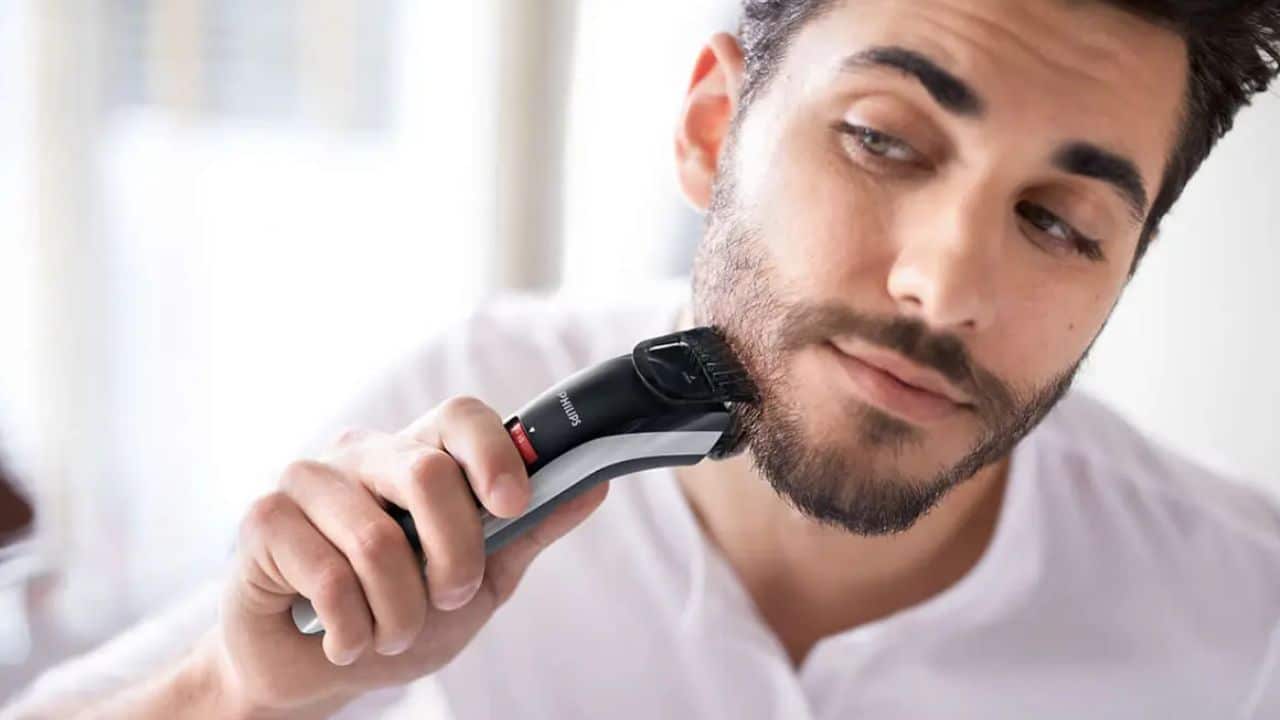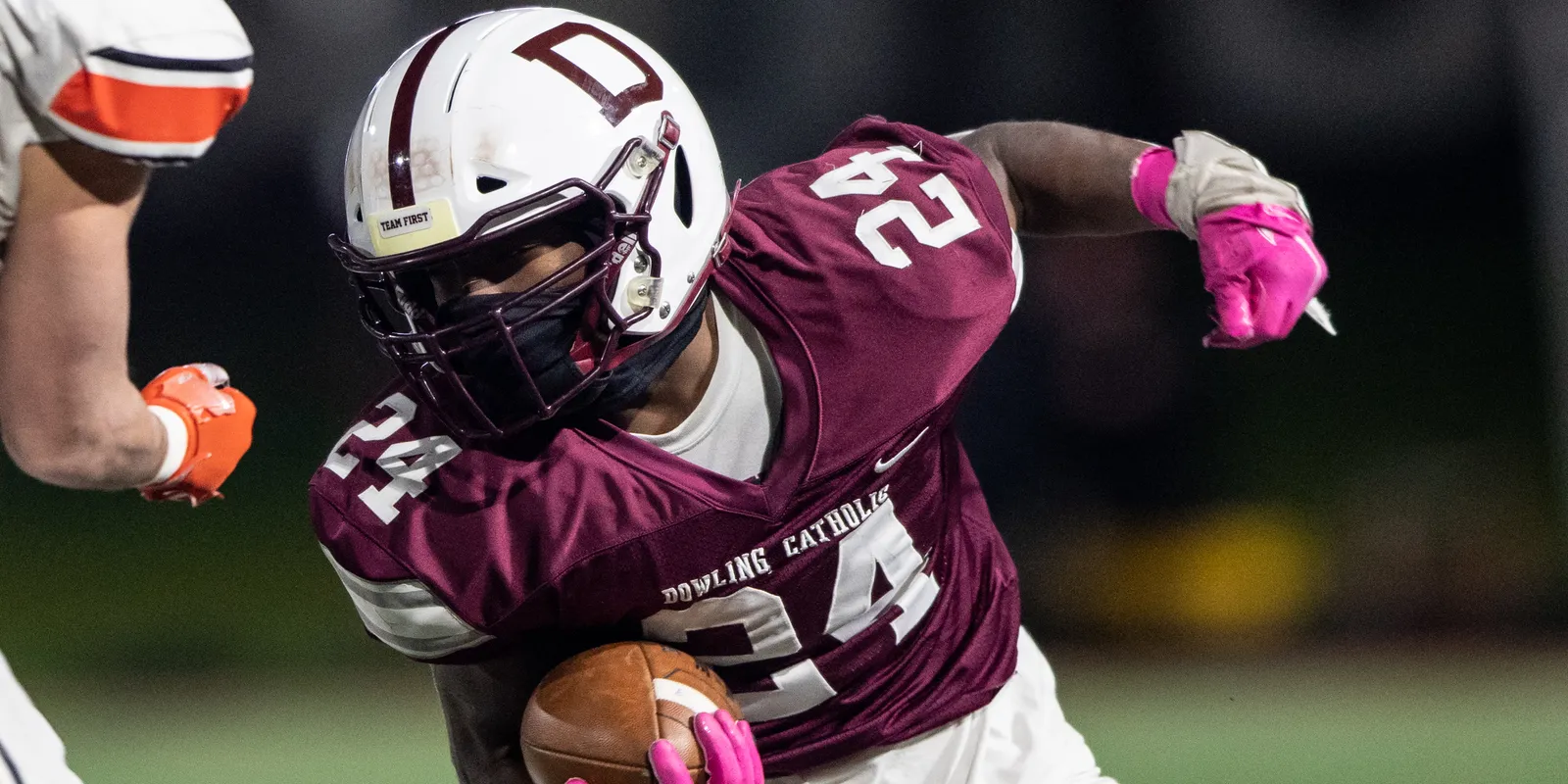To ensure the absolute best from your VR journey, you must know when to change your Oculus controller. Oculus Controllers help to ensure a prolonged immersion in the captivating world of virtual reality. In this guide, we’ll cover how to change Oculus controllers and everything you need to know about them.
Table of contents
What Is An Oculus Controller?
An Oculus controller is a handheld device designed to enhance and interact with your virtual reality experience. Specifically crafted for Oculus VR headsets, these controllers enable users to navigate virtual environments, manipulate objects, and engage with immersive content through intuitive gestures and movements. Serving as the bridge between the physical and virtual worlds, Oculus controllers play a crucial role in translating real-world actions into captivating VR interactions.
What Are The Main Uses Of An Oculus Controller?
From precise navigation to engaging interactions, Oculus controllers serve as versatile tools, allowing users to:
- Navigate Environments: Effortlessly move through virtual spaces using the controllers’ intuitive design and tracking capabilities.
- Manipulate Objects: Interact with virtual objects by reaching out, grabbing, and manipulating them, providing a tactile and immersive experience.
- Gesture Controls: Perform gestures that translate into actions within VR applications, enhancing the sense of presence and realism.
- Gaming Interactions: Play games with a heightened level of engagement, as the controllers enable precise and responsive input for a wide range of gaming experiences.
- Menu Navigation: Seamlessly navigate menus and options within VR interfaces, making it easy to access various features and settings.
- Social Interactions: Enhance social VR experiences by using gestures and expressions to communicate with others in virtual spaces.
How To Use An Oculus Controller
Using an Oculus controller involves a straightforward process tailored for intuitive interaction in virtual reality.
- Pairing: Ensure your Oculus controller is paired with the VR headset. Follow the manufacturer’s instructions for the specific model you have.
- Strap on the Controllers: Secure the controllers to your hands using the included straps, ensuring they are snug and won’t be dropped during use.
- Power On: Turn on the Oculus controllers and ensure they have sufficient battery power. Charging them beforehand is advisable.
- Calibration: Calibrate the controllers by following any on-screen prompts. This step ensures accurate tracking and responsiveness.
- Navigation: Use the thumbsticks or touchpads on the controllers to navigate through menus and virtual environments. Pressing them also often serves as a selection button.
- Gestures and Buttons: Familiarize yourself with the various buttons, triggers, and gestures the controllers offer. Different actions, such as grabbing, pointing, or triggering specific functions, are usually assigned to these inputs.
- Interacting with Objects: Reach out and interact with virtual objects by mimicking real-world movements. Many VR experiences are designed to respond to your physical actions.
- Menu Access: Access menus and options by using designated buttons on the controllers. This allows you to customize settings, switch between applications, and perform various functions.
- Safety: Be mindful of your physical surroundings. VR systems often use sensors to track your movements, but it’s important to have a clear play area to avoid collisions.
- Power Off: When done, power off the controllers to conserve battery life.
How To Change Oculus Controllers
Changing Oculus controllers typically involves a straightforward process.
Step 1: Power Off:
Ensure that your Oculus headset is powered off before attempting to change controllers.
Step 2: Remove Batteries:
If your Oculus controllers use replaceable batteries, open the battery compartment and remove the existing batteries. If they are rechargeable, make sure they have sufficient charge or are fully charged.
Step 3: Disconnect or Turn Off the Oculus Headset:
To avoid interference and ensure a smooth controller change, consider disconnecting the Oculus headset or turning it off.
Step 4: Prepare Replacement Controllers:
If you’re swapping out a controller with a new one or a backup, have the replacement controller ready.
Step 5: Pairing New Controllers (if required):
If the replacement controller is new or hasn’t been paired with your Oculus headset before, follow the pairing instructions provided by Oculus. This typically involves holding down specific buttons to initiate the pairing process.
Step 6: Power On:
Power on the Oculus headset and ensure the replacement controller is recognized. Follow any on-screen prompts for calibration or syncing.
Step 7: Test Functionality:
Verify that the new controller is functioning correctly by navigating through menus, interacting with virtual objects, and performing any necessary gestures.
Step 8: Secure Straps:
If the controllers have wrist straps, make sure to secure them to your hands to prevent accidental drops during use.
Step 9: Enjoy VR
Once the replacement controller is successfully connected and functioning, you’re ready to enjoy your virtual reality experience.
Always refer to the specific instructions provided by Oculus for your model, as details may vary. If you encounter any issues, consult the Oculus support resources or community forums for assistance.
Frequently Asked Questions
To pair your Oculus controllers, turn on your VR headset, go to the device settings, and follow the on-screen instructions for controller pairing. It usually involves holding down specific buttons to initiate the pairing process.
Compatibility depends on the specific Oculus headset. Some headsets support multiple generations of controllers, but it’s advisable to check the official Oculus compatibility guidelines for your particular device.
Ensure there are no obstructions blocking the sensors, check for reflective surfaces, and make sure the controllers are within the tracking range. If issues persist, recalibrate the controllers through the device settings.
It depends on the type of controller. If your controllers use replaceable batteries, replace them when they run low. If they are rechargeable, charge them regularly. Oculus provides battery level indicators in the VR interface.
Yes, Oculus controllers are designed for various VR applications, including productivity tools, social experiences, and multimedia consumption. Developers often create diverse applications that leverage the controllers’ capabilities.
Conclusions
Mastering how to change and maintain your Oculus controllers is the key to unlocking a seamless and immersive virtual reality experience. By understanding the pairing process, ensuring proper battery management, and embracing the versatile functionalities these controllers offer, you pave the way for countless hours of enjoyment in the captivating realms of virtual reality.
References
- quora.com – How do I change the battery of an Oculus Quest 2?
- youtube.com – How To FIX Oculus Quest 2 Controller Not Working!
- youtube.com – How To Improve or Fix Oculus Quest 2 Tracking





